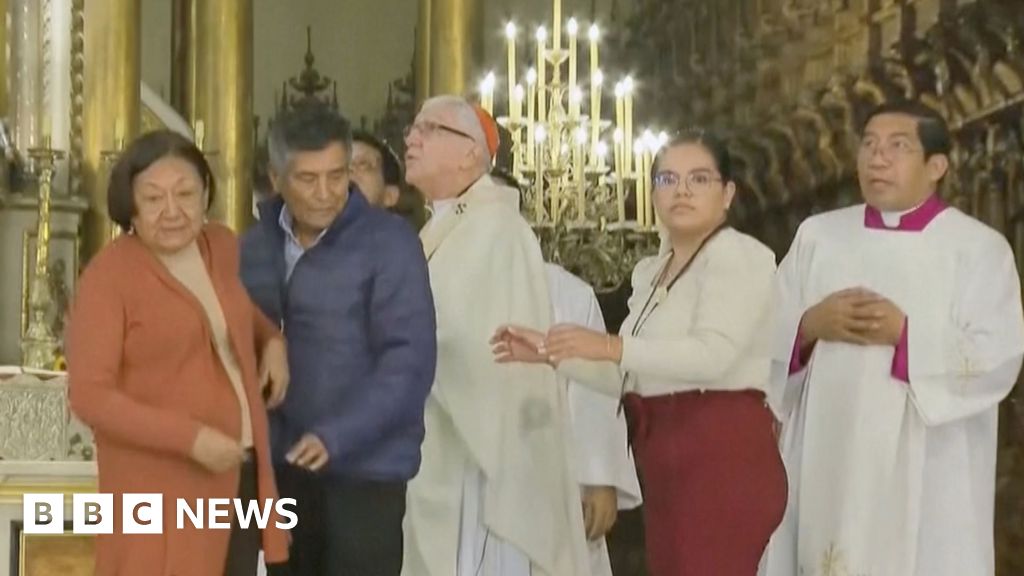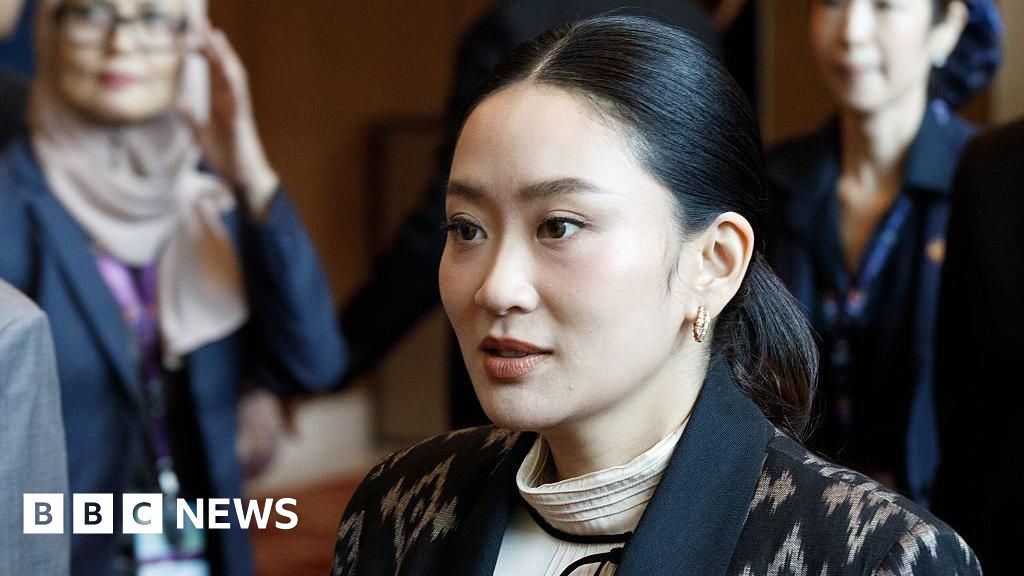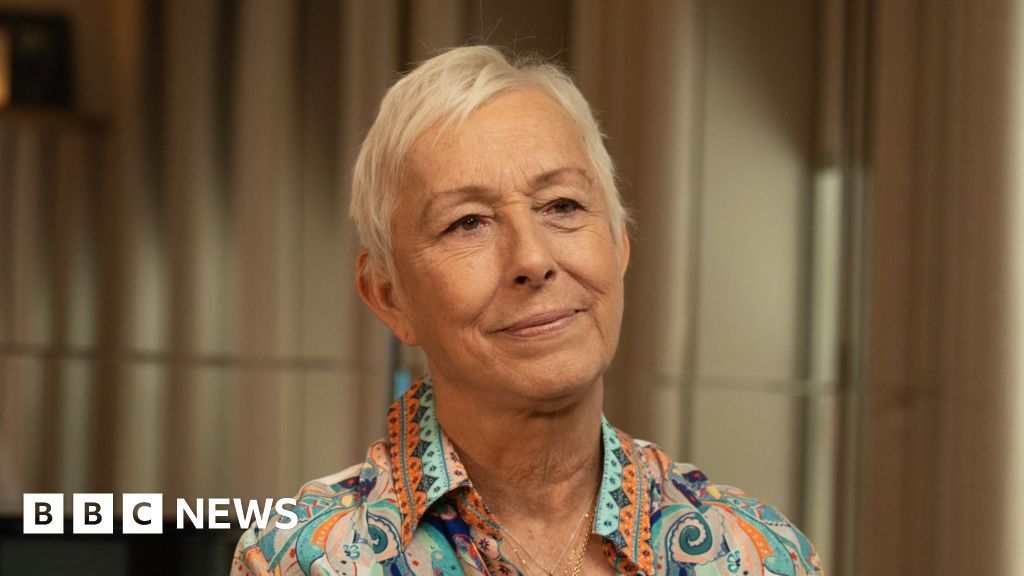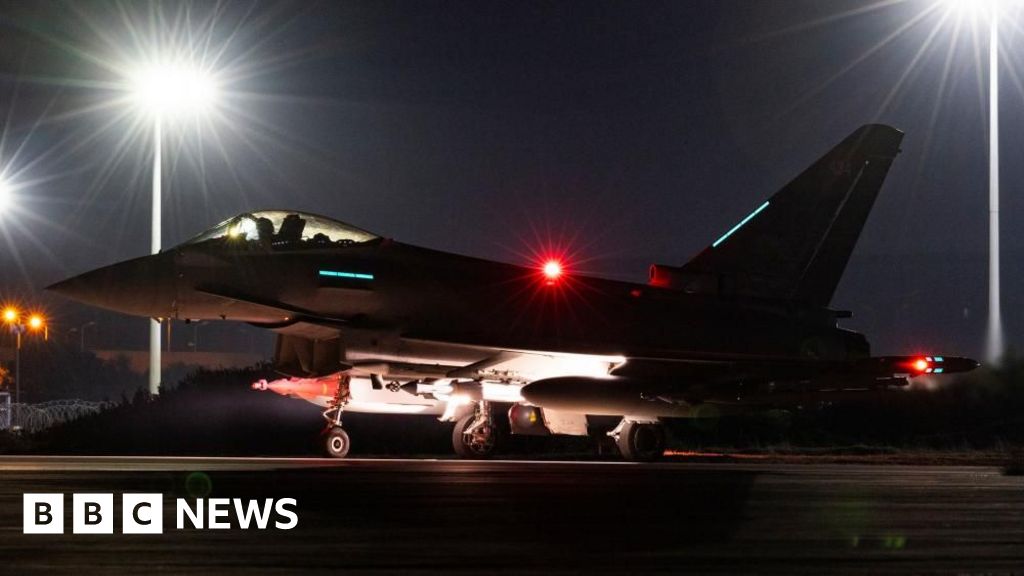Everywhere in the Syrian city of Jaramana on Wednesday, there were armed men, their movements staccato with tension.
There were men in jeans or the black baggy pants traditionally worn by the Druse sect, rifles slung across their chests; men of no particular uniform blocking the roads into town; men with vests full of ammunition motioning tersely to one another. They were too preoccupied even to smoke.
The reason lay inside a Druse religious hall: seven velvet-draped coffins, surrounded by hundreds of sobbing women in white shawls. They held aloft the photos of seven men killed when assailants believed to be Islamist extremists attacked Jaramana with gunfire and shelling on Tuesday morning.
Even as the funeral processions got underway, the men guarding them were receiving messages about spreading clashes and rising death tolls in a largely Druse town nearby.
While a few trucks bearing the logo of the Syrian security forces circulated in the city and community leaders said government forces had formed a cordon around Jaramana, most of the men with guns — including most of those killed — were residents who had organized to defend themselves, locals said.
“We’re not seeing anything from the government,” said Ghassan Azzam, who was standing in the crowd outside the cemetery. “We’re just protecting ourselves.”
The clashes in Jaramana and Ashrafieh Sahnaya, both south of Damascus, the capital, were the latest surge in violence against Syrian religious minorities since the half-century-old regime of Bashar al-Assad and his family collapsed in December.
The new government, dominated by Syria’s Sunni Muslim majority, has promised inclusivity for the country’s minority groups and has at times stepped up security for them. But many minority Syrians say the government has squandered much of its credibility amid repeated attacks on minority areas, including the massacres in March of civilians in Syria’s coastal region, the heartland of the Alawite minority, by extremist fighters affiliated with the rebel coalition that seized power.
“Either the government is turning a blind eye, or it doesn’t have the capacity to control anyone,” said Rabee Mounzer, a Druse community leader in Jaramana, after the funerals on Wednesday. “Either way, the government is responsible.”
He, like many others, feared a repeat of the coastal killings.
This week’s violence erupted early Tuesday after an audio clip circulated on social media purporting to be of a Druse cleric insulting the Prophet Muhammad. The cleric, who was later cleared by Syria’s Interior Ministry, denied involvement — but not before incensed Muslims began threatening the Druse, who practice a secretive offshoot of Islam.
“Because of one voice message, a voice message we don’t even know from whom, all of Syria came to attack,” Mr. Mounzer said. “This is unbelievable. It shows you how people are divided.”
Armed men on motorbikes opened fire on a checkpoint run by government security forces on the eastern side of town at 2 a.m. Tuesday, killing two Jaramana residents, said Ahmed Dawoud, 52, who later joined the fray.
At 5:30 a.m. that same day, after more civilians from Jaramana arrived to defend the checkpoint, dozens of armed men shouting, “God is great” and wearing Islamic patches attacked, according to Mr. Dawoud and another resident, Mazen Ghazzar.
Seven Jaramana men were killed, along with eight attackers, they said. When they searched the attackers’ bodies, they said, they found an identity card, dated September 2023, with an administrative stamp from Hayat Tahrir al-Sham, the group that led the rebellion that captured Damascus in December. It was not clear whether the attacker was part of the government’s military.
Hayat Tahrir al-Sham, which evolved from a group once affiliated with Al Qaeda, has been absorbed into the new government’s security forces. Not all of its fighters have joined, and an array of other former rebels, some with more openly extremist ideology, remain outside government control.
Even during Syria’s 14-year civil war, residents said, there had never been sectarian violence in Jaramana, where Druse live alongside Christians and Muslims.
But Syria’s longstanding taboo against discussing sectarian identity now seemed to be fading every day.
“We don’t know why they did this to us; we’ve all coexisted for decades,” said Laureen al-Halabi, one of the hundreds of Druse women gathered in the religious hall to mourn on Wednesday.
In Jaramana, many seemed determined to work across sectarian lines to defend the town.
“It’s not about being a Druse or not,” said Issam al-Mortada, a Christian, outside the cemetery, where men waved colorful Druse striped silk flags and chanted slogans in support of Jaramana. “Guns don’t distinguish between us.”
A Sunni Muslim woman was killed on Tuesday inside her home by a gunshot that residents said came from outside Jaramana.
On Wednesday, many residents said they had not slept from fear or had taken shelter with relatives or friends. Most shops and schools were closed. As night fell, a curfew took effect.
Officials say the initial attackers had been religiously motivated fighters unaffiliated with the government. Community leaders said government representatives had told them the same.
Government officials were “very respectful and positive,” said Majed Salloum, another community leader. “But we want action.”
Source link














